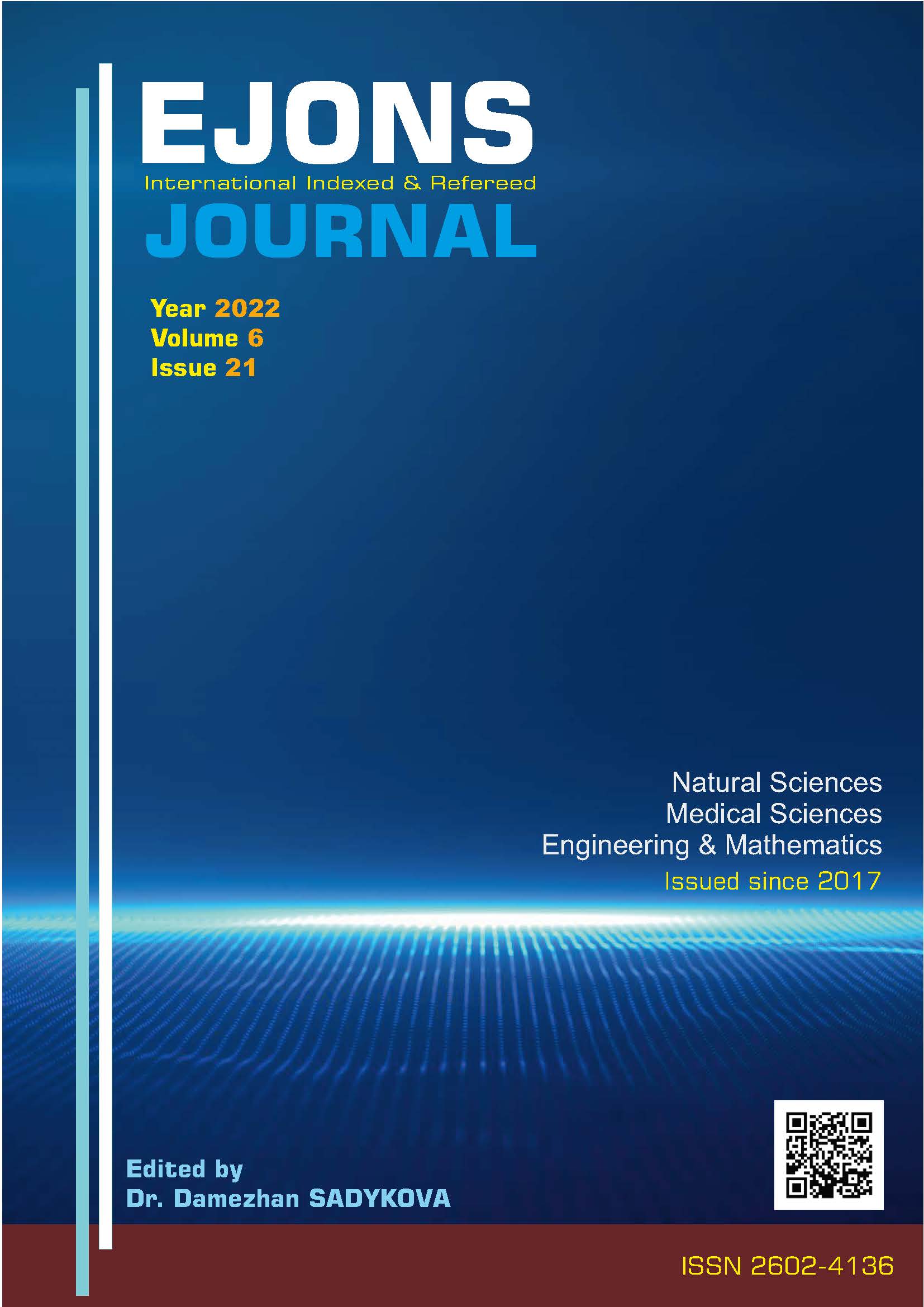The effect of chia seed on some quality characteristics of bread
DOI:
https://doi.org/10.38063/ejons.609Keywords:
Antioxidant, bread, chia seedAbstract
In this study, three different levels of chia seeds (1.5, 3, and 4.5%) were added to the bread formulation, and the effect of chia seeds on the dough rheology, bread making properties, and physical properties of bread was investigated. During the study, it was determined that the water holding capacity values of the flours varied between 56.4-63.6%, and the dough development time varied between 5.15-6.78 min. The specific volume increased from 3.84 to 4.45 cm3/g. The chia seed provided a significant increase in the specific volume compared to the control. According to the texture analysis performed on the 4th day of storage, the firmness value of bread including chia seed decreased compared to the control. Total flavonoid content in bread varied between 0.12-1.12 mg KE/100 g. The total amount of flavonoids in all bread containing chia seeds showed a significant increase compared to the control. During the study, extracts were added to the reaction medium at five different concentrations, and the concentration-dependent DPPH inhibition rate was determined. It was determined that bread including chia seeds scavenged the DPPH radical by 49 to 59%. The TEAC value, which was 1.05 µmol Trolox/g in the control bread, was 2.20, 3.09, and 3.95 µmol Trolox/g in the bread including chia seeds, respectively. According to the data obtained as a result of HPLC analysis, the components added to the bread changed the phenolic profile of the bread. Gallic acid and catechin amounts, which were 0.065 and 14.24 mg/100 g in the control bread, were 3.20 and 24.62 mg/100 g, respectively, in the bread including 4.5% chia seeds.
Downloads
Published
How to Cite
Issue
Section
License

This work is licensed under a Creative Commons Attribution-NonCommercial 4.0 International License.


